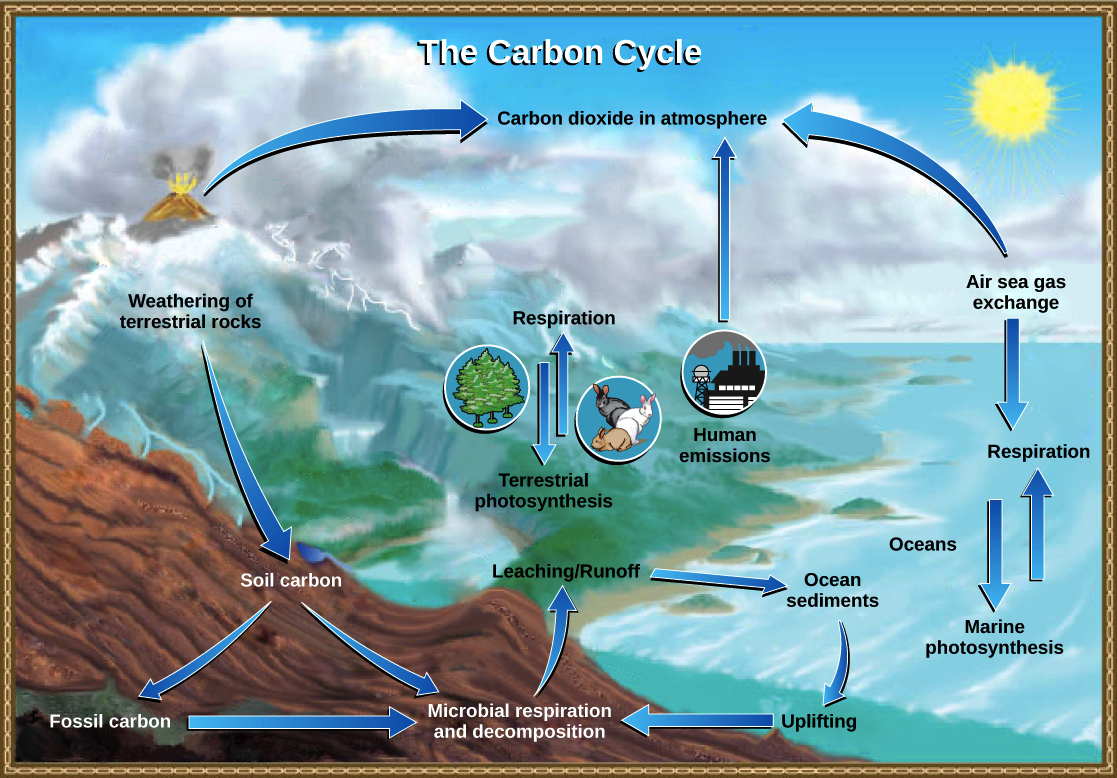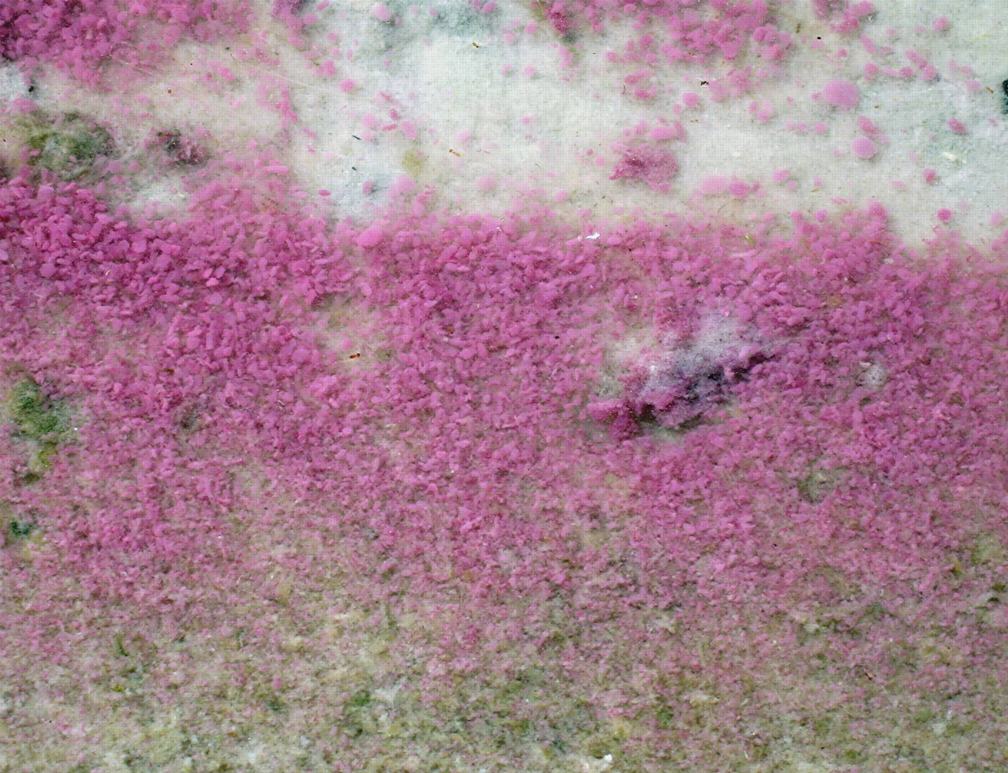cannetix Inc
Well-Known Member
Moss, Algae & Cyanobacteria – Welcome To The GREEN (and occasionally purple) Side of The Microbiome
A Research Project By 'Cannetix'

Carbon


Figure 1: Comparison of bidirectional phosphate and carbon exchangesA Research Project By 'Cannetix'

Most of us have heard of Rhizobacter such as Nitrobacter as well as the famed Mycorrhizae fungi, but there is less information available regarding what I call “the green side of the microbiome” - consisting of algae, phytoplankton, cyanobacteria, etc. More accurately, this ‘community’ within the soil ecosystem consists of autotrophic organisms (organisms which obtain food from photosynthesis) as opposed to the more widely known heterotrophs, which includes most of the bacteria and all fungi found in soil. Essentially, anything that is not a higher plant and that is capable of photosynthesis may be
classed as part of this community.
classed as part of this community.
Carbon
These organisms play a number of important, often overlooked functions in soil, most notably the fixation of Carbon. When most people think of the carbon demand of higher plants, they think of atmospheric CO2 absorption through the pores in the leaves known as Stomata, but some data suggests that as much as 30% of a plants carbon content may be assimilated by the roots, assisted by the bi-directional transport of Carbon between host plants and Mycorrhizal fungi (learn all about these organisms here). Due to the fact that Algae and Cyanobacteria can assimilate Carbon and Carbonates at a much faster rate than higher plants, they can, in turn, magnify carbon uptake in higher plants. Carbon fixated by soil Autotrophs also plays other roles in the soil system, including contributing to Assimilable Organic Carbon (AOC) and Bioavailable Dissolved Organic Carbon (BDOC) content. Assimilable Organic Carbon (AOC) and Bioavailable Dissolved Organic Carbon (BDOC) are two important parameters which determine the heterotrophic bacterial growth potential of water, and in theory, terrestrial soil systems. Heterotrophs are a group of microorganisms (yeast, molds & bacteria) that use organic carbon as food (as opposed to autotrophs like algae, which use sunlight to produce their own food source. One important form of Carbon produced by autotrophs in the soil is carbohydrates. Free Carbohydrates produced by these organisms not only play an important role in feeding heterotrophs, specifically fungi, but also play other important roles such as aiding in early stage sprouting. Seedlings that have not yet formed leaves capable of photosynthesis obtain all of their carbon from carbohydrates absorbed by and stored in the roots.


Oxygen
Due to the capability of these organisms, like higher plants, to convert CO2 and H2O to Glucose in the process of photosynthesis, they also release substantial quantities of Oxygen into the uppermost layer of soil known as the O Horizon. The O Horizon, which consists of high concentrations of organic matter, and the subsequent layer consisting of the partially decomposed organic matter is where the majority of decomposition is carried out by aerobic decomposers. These aerobic decomposers make up the majority of the heterotrophic microbiome in a well-drained soil system. These micro-organisms, as is widely known, decompose organic matter in the soil and/or convert un-useable forms of a nutrient into its assimilable form. Nitrifying bacteria, for example convert Ammonia released by the degradation of nitrogenous matter into Nitrate, which is absorbed by the plants root system. Some beneficial Anerobes do occur in soil but these organisms tend to exist in lower, naturally less oxygenated layers. The majority of a plants feeder roots, where the majoprity of nutrient and oxygen uptake occurs, exist within the top 1-12” of the soil.







